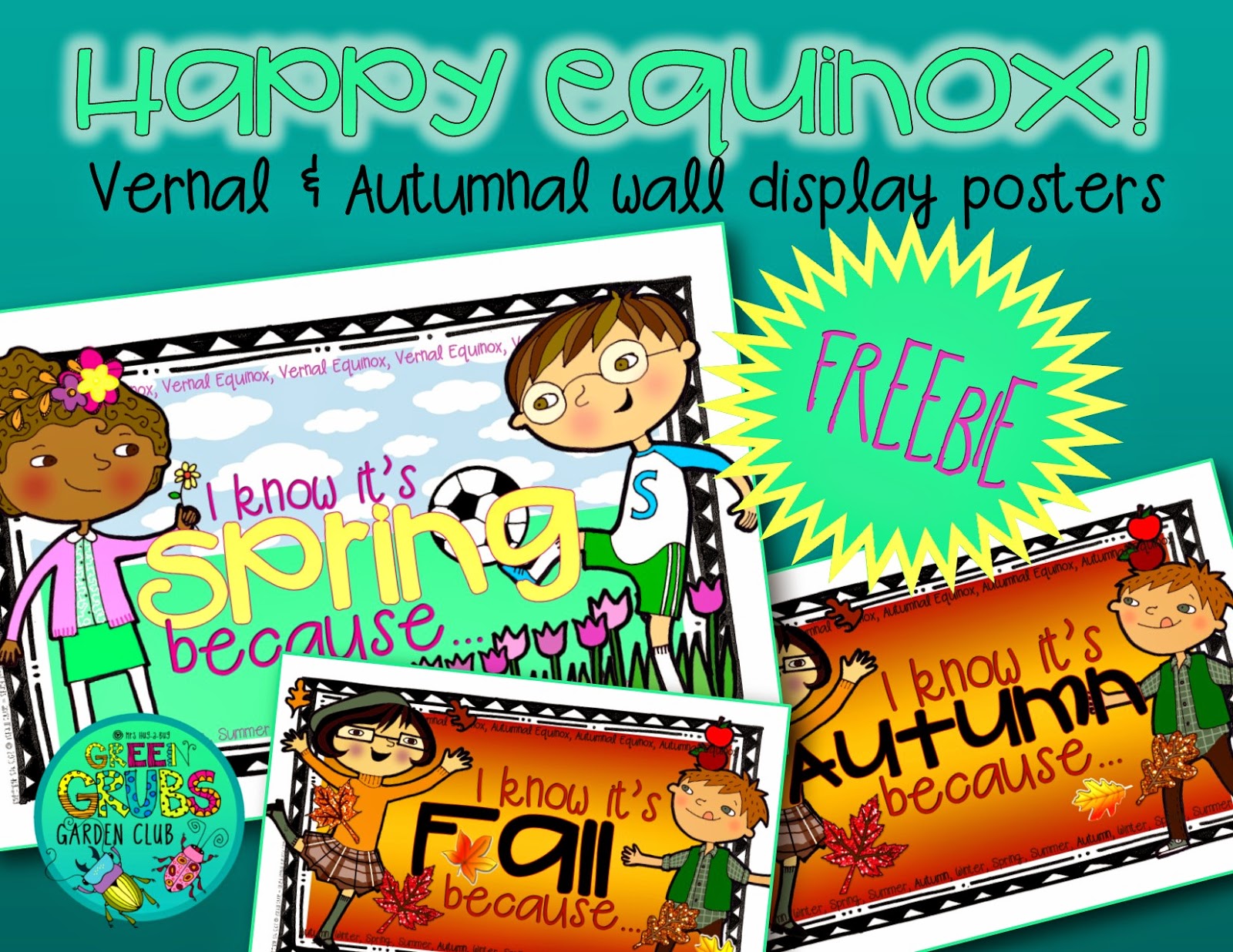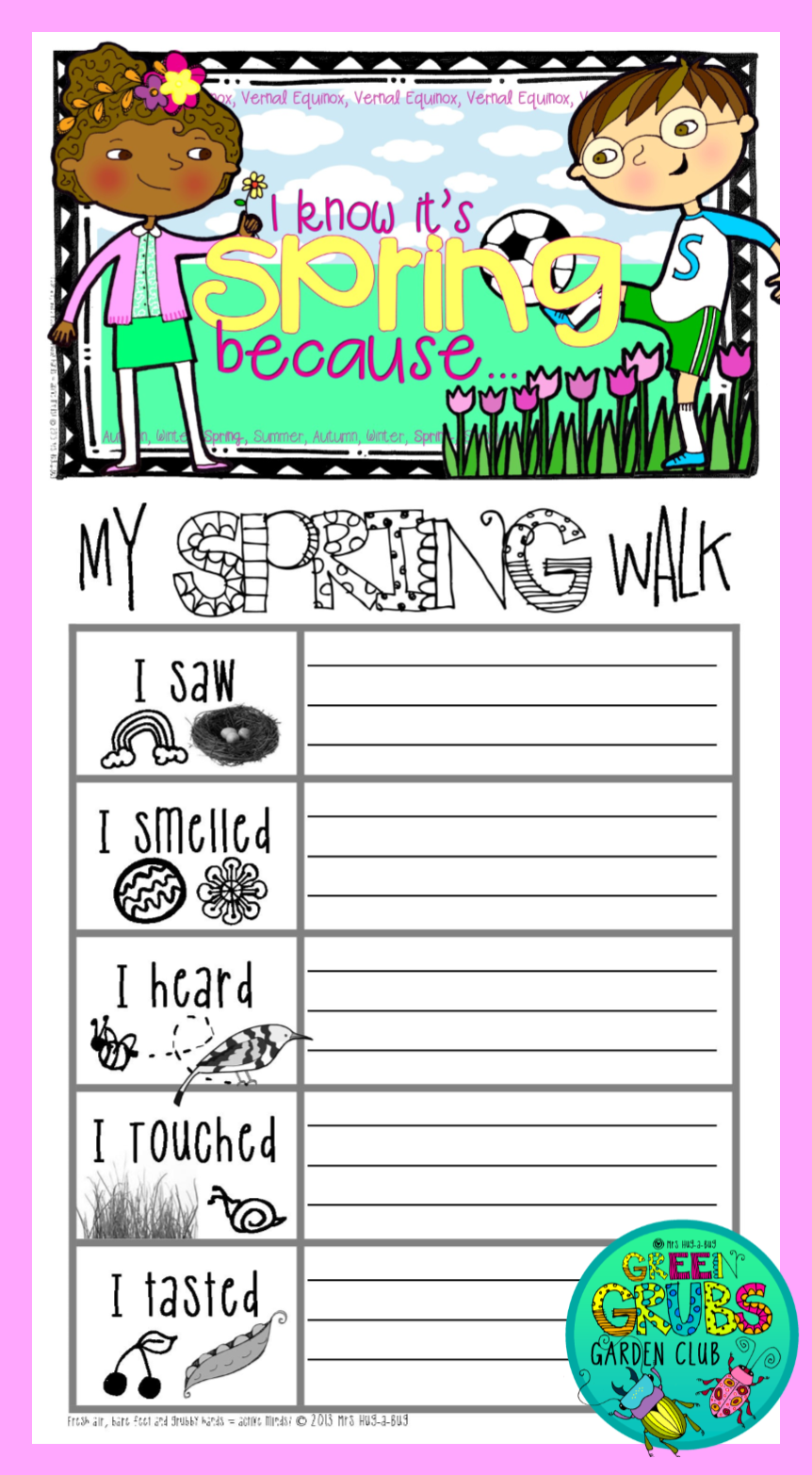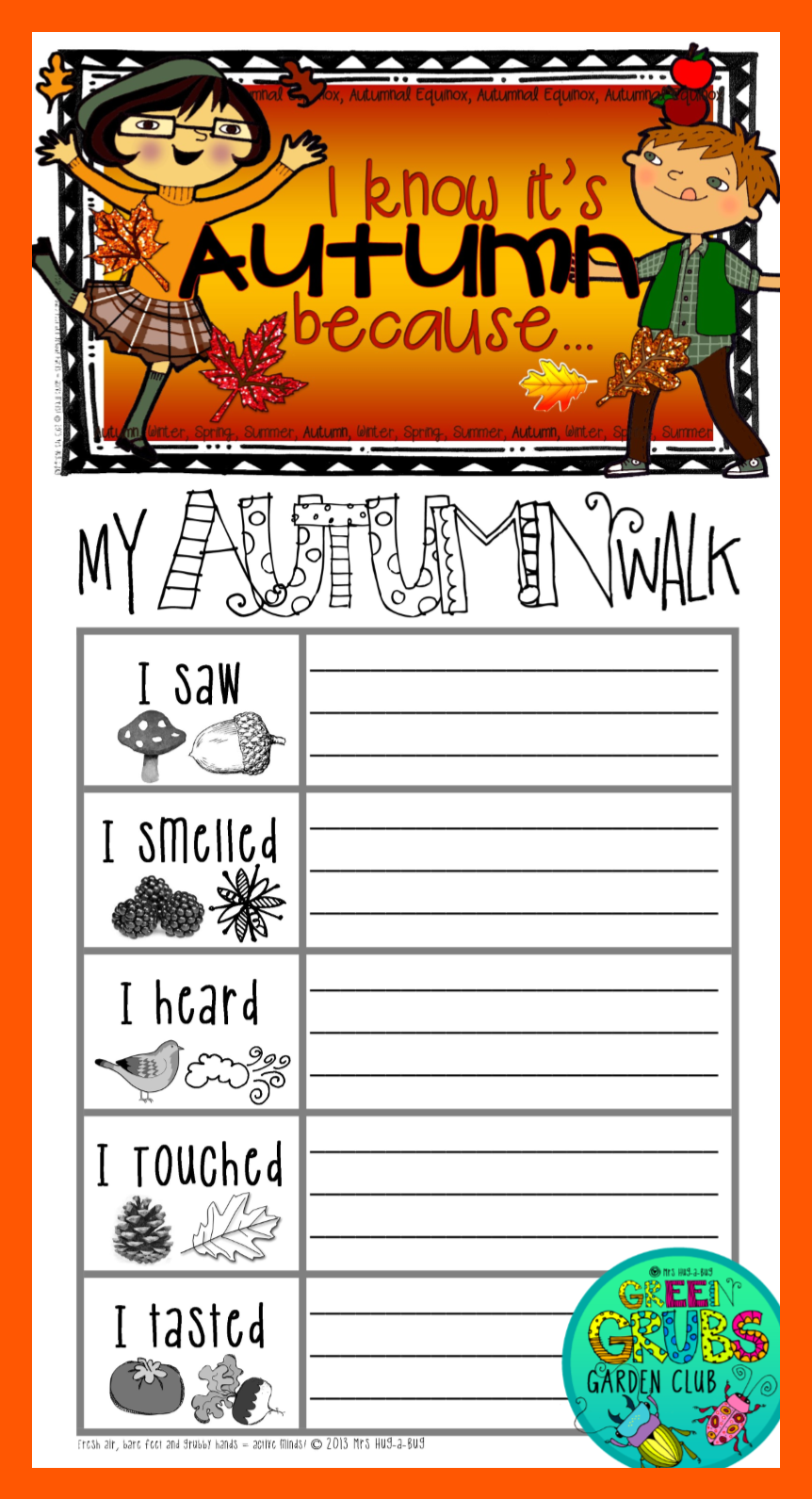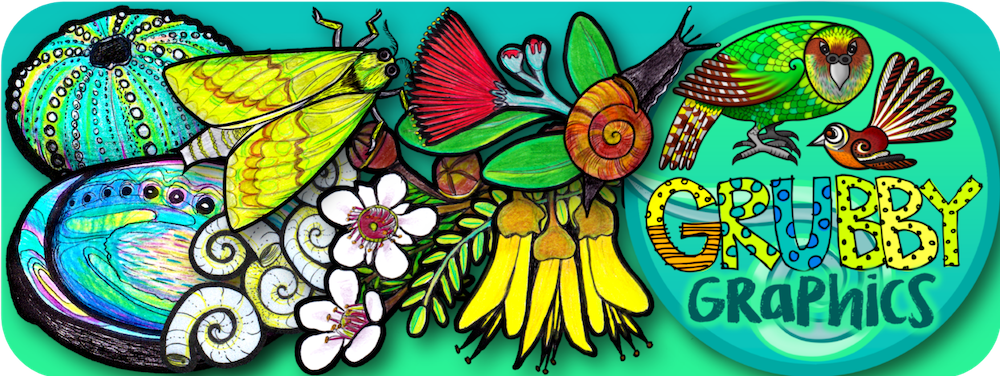 |
| Grab your free copy of these printables here. |
Here in NZ, we often think that autumn has arrived the moment we hit the month of March, even though technically autumn doesn’t arrive until the AUTUMNAL EQUINOX (which is normally around the 20th of March every year). Of course this also means that our friends in the northern hemisphere are heading into their VERNAL EQUINOX at the same time (otherwise known as spring!)
Did you know…..equinoxes occur when the axis of the earth (the line between the north to south poles) is exactly perpendicular to the suns rays? This only happens on two days of the year – the spring and autumn equinoxes. This means that on these days, the day and night lengths are nearly exactly the same (12 hours). The word EQUINOX comes from the Latin ‘aequus’ (equal) and ‘nox’ (night), because on the equinox the night and day are nearly the same.
Click here to see a ‘Brain Pop’ video clip that better models how the earth tilts, and explains how these equinoxes work.
The posters (above) are perfect for displaying on your nature table to mark the transition from: winter to spring (if you’re in the northern hemisphere), or summer to autumn/fall (if you’re in the southern hemisphere like me!) They pair really well with our seasonal nature walk recording sheets (as seen below). Going on a nature walk to mark the changing of the seasons is an activity that most kids will love, and once back in the classroom they can reflect on their experiences by recording the seasonal ‘clues’ they spotted on the nature walk sheets.
Which ever hemisphere you’re located on, I hope you’ve had a happy equinox and enjoy the up and coming season!
Grubbily yours,




Leave a Reply